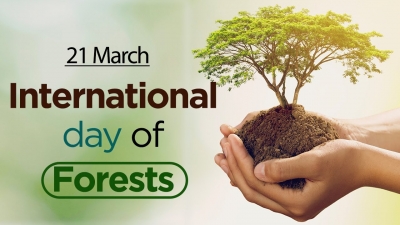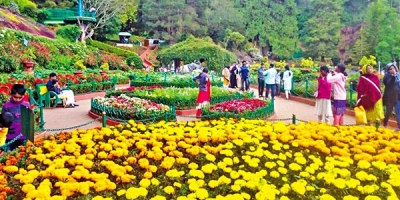
Every May 1 is celebrated as May Day, and is marked by both celebrations of the contribution of workers and labourers and protests to draw attention to their plight. Why are labourers and workers important? Come, let’s find out.
The labour movement
Also known as International Labour Day. May Day is celebrated / observed to focus on the rights, struggles, and the contribution of labourers. The day has its beginnings in the late 19th Century U.S. On May 1, 1886, after suffering years of terrible working conditions and long hours, labour unions in the U.S. went on a strike seeking eight-hour work days. Shortly after this, a bombing at a labour demonstration in Chicago left many dead And to honour the departed, the International Socialist Conference designated May 1 for labourers. It was officially established in 1889, and slowly embraced in several parts of the world. Though in many countries the day falls on May 1, there are those who observe it on some other date due to varied reasons.
In India
May Day or Labour Day is observed every May 1 in our country. The origin of this day in the country goes back to the early 20th Century. The first Labour Day was celebrated in 1923 in Madras (now Chennai, Tamil Nadu), to tum the spotlight on the role of workers. Communist leader Malayapuram Singaravelu Chettiar. founder of the Labour Kisan Party of Hindustan (comprising) farmers and workers), urged the government to declare May 1 a national holiday.
They play a crucial role in our world
Labourers are people who are employed for unskilled manual work and are paid wages. These people work in what is called unorganised sectors-usually small-level businesses or certain areas of work not owned by the government. For instance a small construction business or domestic work. Such undertakings normally do not require special sillks or training. It’s often work that is intensive but pays less and comes with hardly any rights to protect the labourers or workers. Many work in difficult conditions, long hours, and are never compensated fairly. Such labourers and workers form a huge part of the workforce. especially in countries such as India. Their work is indispensable. and yet they themselves are often dispensed with. It is because of these reasons days such as May Day become important as they give them a platform to voice their concerns and find ways to accord them the dignity they deserve.
Unpaid domestic labour
Domestic labour refers to the several activities done in a household to keep it going. These activities include a wide range of work from cooking, washing, and ironing, to cleaning, child and elderly care and gardening. While some can afford to employ paid workers to take care of all or some of these, many may not be able to. Which means, these activities are performed by those in a household While ideally, this would be shared. studies show that a disproportionately large part of this unpaid work falls on the shoulders of the women and girls in a house. Sometimes, they are even forced to quit their education or jobs to take care of household work.
Did you know?
- A Welsh manufacturer and social reformer, Robert Owen came up with the pioneering concept of “Eight hours labour, eight hours recreation and eight hours rest”, way back in 1817.
- May 1 is also celebrated as Maharashtra Day and Gujarat Day in India. Way back in 1960, it was on this day that these two States were created from a larger region called Bombay.
- A recent study in the U.S. took into account the number of women above age 16 and multiplied it by 26.7 hours (the average number of hours per week women spend on unpaid household work), and the result for 52 weeks with the minimum wage runs to millions of U.S. dollars.
Picture Credit : Google






